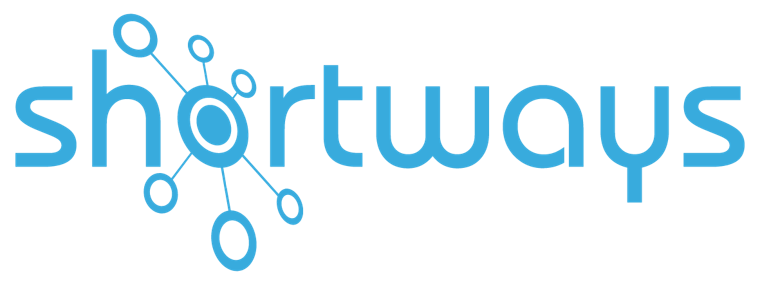1. Explain the why behind the portal, not just the how
Framing it this way shifts the supplier’s view from seeing a mandatory tool to seeing a more transparent collaborative framework.
2. Simplify access and navigation from the first login
Intuitive navigation, clear labels and logical workflows are essential to avoid errors, omissions or abandonment in favour of traditional channels (emails, phone calls).
3. Clarify expectations: data, formats, deadlines
The less clear your expectations, the more the supplier will interpret, and the more costly the corrections will be.
4. Integrate support directly into the supplier journey
A guided journey does not mean a patronising one. It is a way to make the tool understandable without training every contact individually.
5. Ensure structured and ongoing guidance
You need a long-term support system with reminders, targeted follow-ups, issue resolution and visibility on progress.
6. Monitor usage to refine messaging and follow up
Managing without indicators is like navigating blind. The goal is not to force usage but to identify opportunities for continuous improvement, both in the tool and in supplier behaviour.
Conclusion
The adoption of a supplier portal is not only about technical go-live. It relies on the ability to create a user experience that is clear, accessible and continuous, even for external partners.
By embedding help, guidance and performance tracking into the tool itself, Shortways Assistant helps streamline supplier engagement, reduce errors and secure procurement flows.
👉 To go further on this topic, discover A centralised ERP but dispersed practices: why things still go wrong
Want to see Shortways Assistant in action? Contact us today for a demo.





